Implants are structures made of titanium or ceramic that replace the normal roots of teeth. Every day, different types of implants and applications are developed to provide individuals with a more comfortable and realistic tooth experience.
According to the differences in application, implants are divided into 5 different types. Let's explore the types of implants in this article.
Endodontic Implant
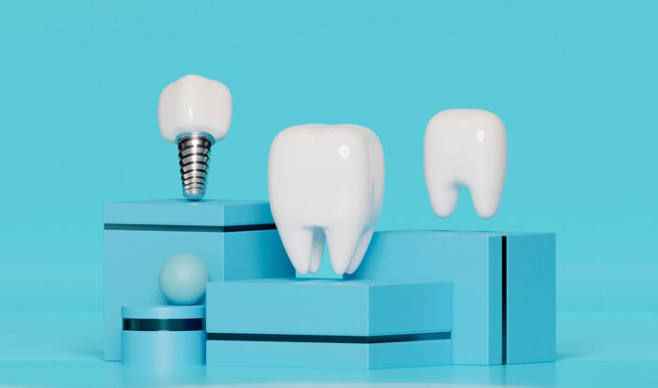
Different implant types and applications Different implant types and applications are developed to be suitable for different oral structures. One of these types is endodontic implants, and let's list their features.
Endodontic Implant Features:
- Used to strengthen the lower parts of weak teeth.
- Inserted into the root canal of teeth.
- Stabilizes a weakened tooth by reinforcing it from the root.
- Generally used for problems such as periodontal bone loss, short-rooted teeth, and tooth fractures.
Transosseous Implant
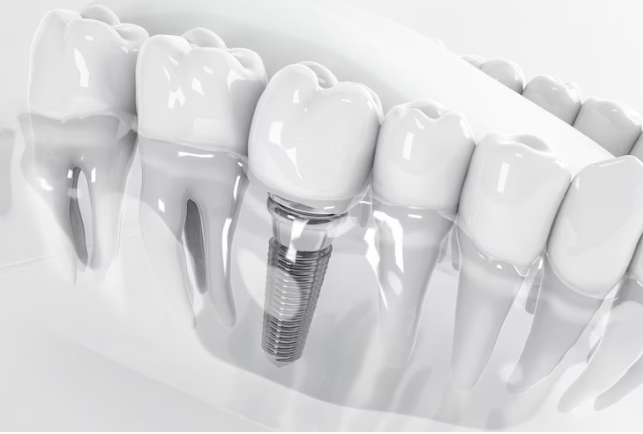
Different implant types and applications Transosseous implants are among the most expensive implants. The treatment process can be complex and lengthy. Now, let's examine this type of implant.
Transosseous Implant Features:
- This implant can only be attached to the lower jawbone.
- During the procedure, screws are passed into the jawbone, and a metal plate is attached to the gums. Then, the implants are placed.
- Applied to the entire jawbone.
- Applied to individuals with weak jawbones.
- The treatment and healing process is more challenging than other implants.
Intramucosal Implant
Different implant types and applications Different implant types and applications are increasing every day, allowing for suitable treatment for every type of oral structure. Another type of implant is the intramucosal implant.
Intramucosal Implant Features:
- These implants resemble tooth roots and are placed inside the gum.
- Used in cases of tooth root loss and insufficient jawbone.
- Made entirely of titanium.
Subperiosteal Implant
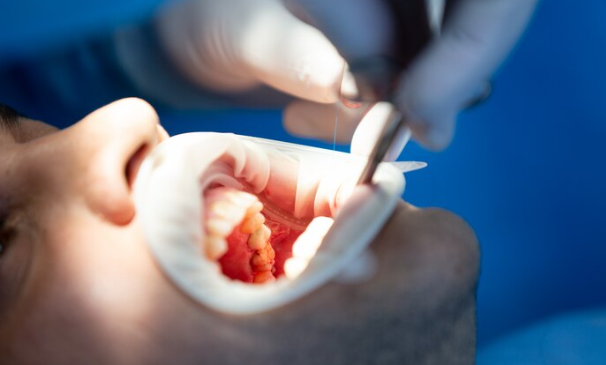
Different implant types and applications Subperiosteal implants are placed between the jawbone and the gums. In some dental problems, the use of these implants is preferred.
Subperiosteal Implant Features:
- This implant type is preferred when patients experience gum recession due to insufficient tissue in the jawbone.
- Used in patients with problems in the bone structure.
- Measurement is taken over the tooth bone before construction.
- Distributes pressure evenly to the roots during chewing.
Endostal Implant
Different implant types and applications Endostal implants are placed in the jawbone similar to tooth roots. Screw or cylinder-shaped implants are securely fixed into the bone tissue. Let's examine the features of this implant type in more detail.
Endostal Implant Features:
- Durable.
- Provides a stable posture to the tooth.
- Long-lasting implant type.
- Placed into the hole opened in the jawbone.
- Used in cases of one or more missing teeth.
- The most commonly used implant type.
Customized Implant Treatment for Individuals
Different implant types and applications are important for the comfort of patients. This allows for different treatments suitable for every type of dental problem.
Moreover, different implant types and applications are advantageous for dentists. It will be easier to apply treatment suitable for the patient's jaw structure.
If you want to get more detailed information about implant treatments, you can contact us. If you have missing teeth, you can plan your treatment process by taking advantage of our free examination service.

 English
English Turkish
Turkish Deutsch
Deutsch العربية
العربية![[:en]Different Types of Implants and Their Applications[:tr]Farklı İmplant Çeşitleri ve Uygulamaları[:de]Verschiedene Arten von Implantaten und ihre Anwendungen[:ar]أنواع مختلفة من الزراعات وتطبيقاتها[:] farklı implant çeşitleri ve uygulamaları](https://proestetik.com.tr/wp-content/uploads/2023/12/farkli-implant-cesitleri-ve-uygulamalari.png)









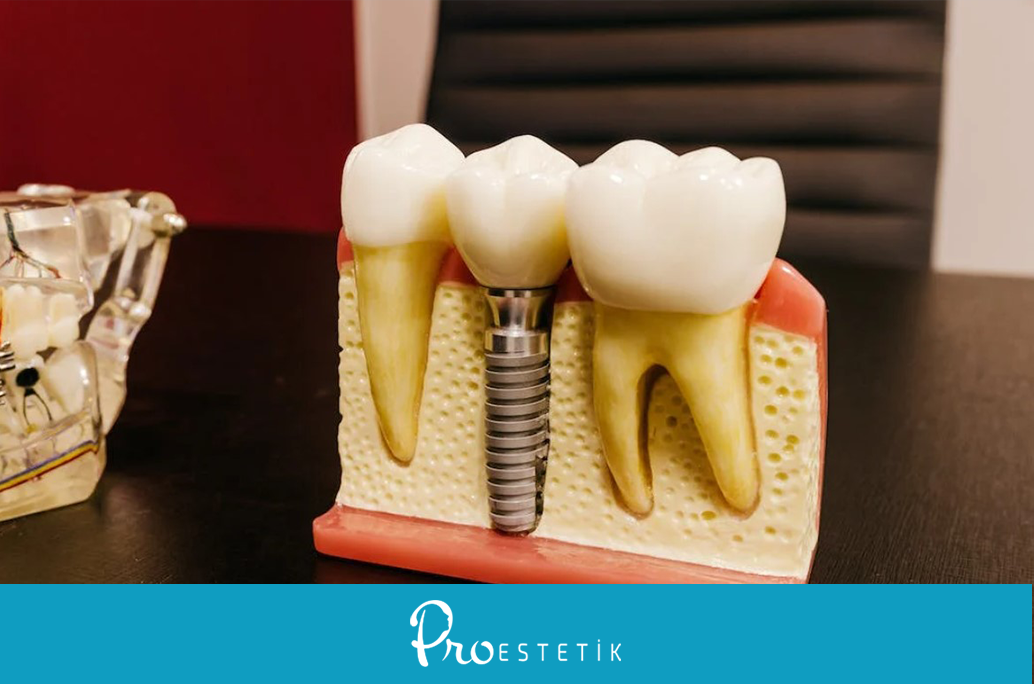
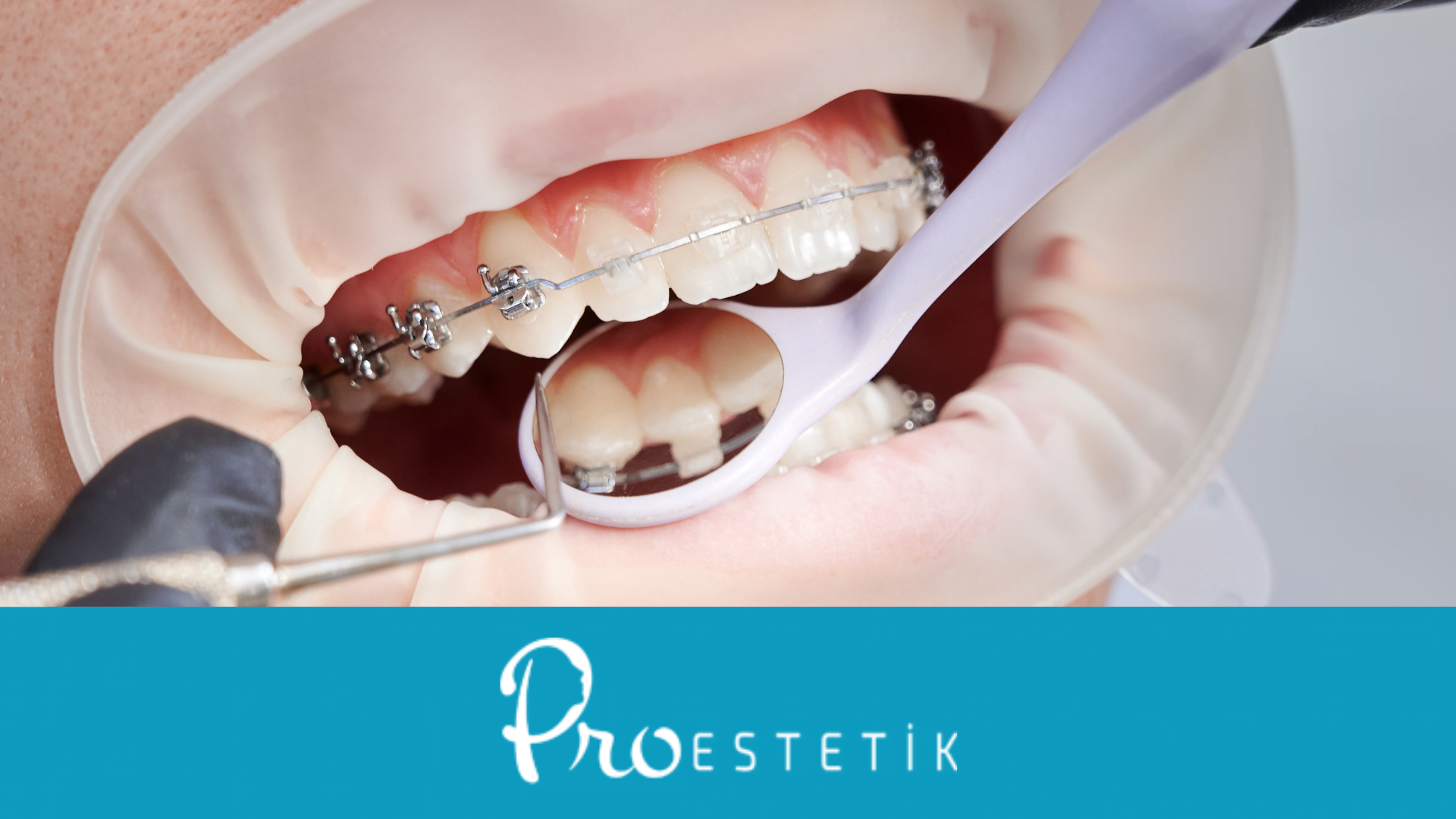
Halis ERDOĞAN
1 year agoAllah kimseyi taşıyamayacağ bir yükün altına koymasın .
Kimi için çay parası,kimine göre de bir dağın ağırlığının altında kalmak…